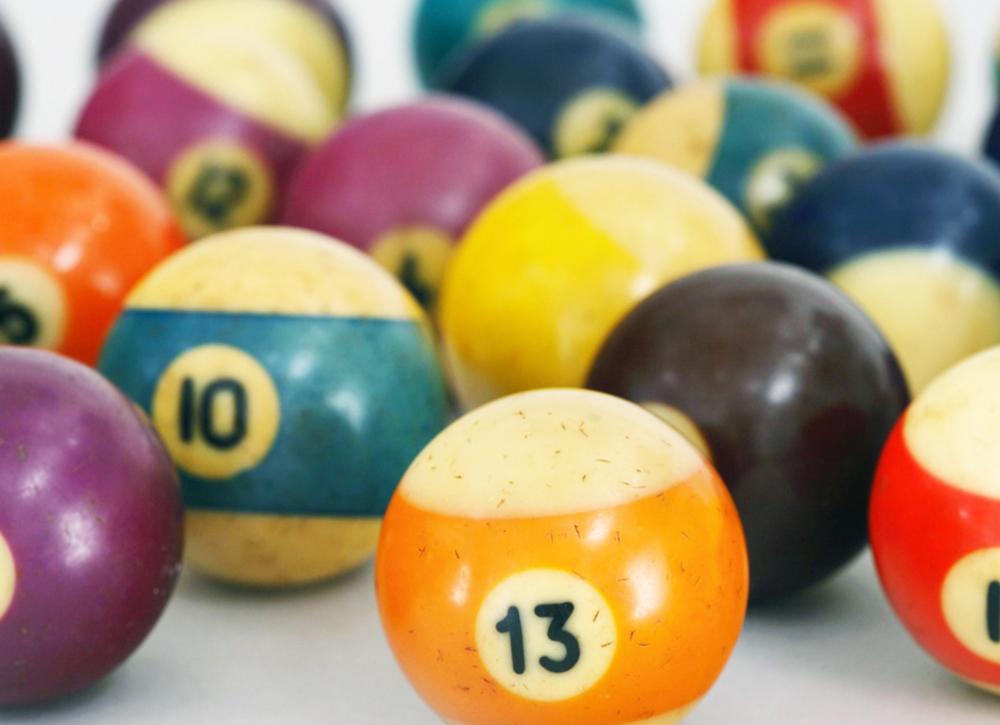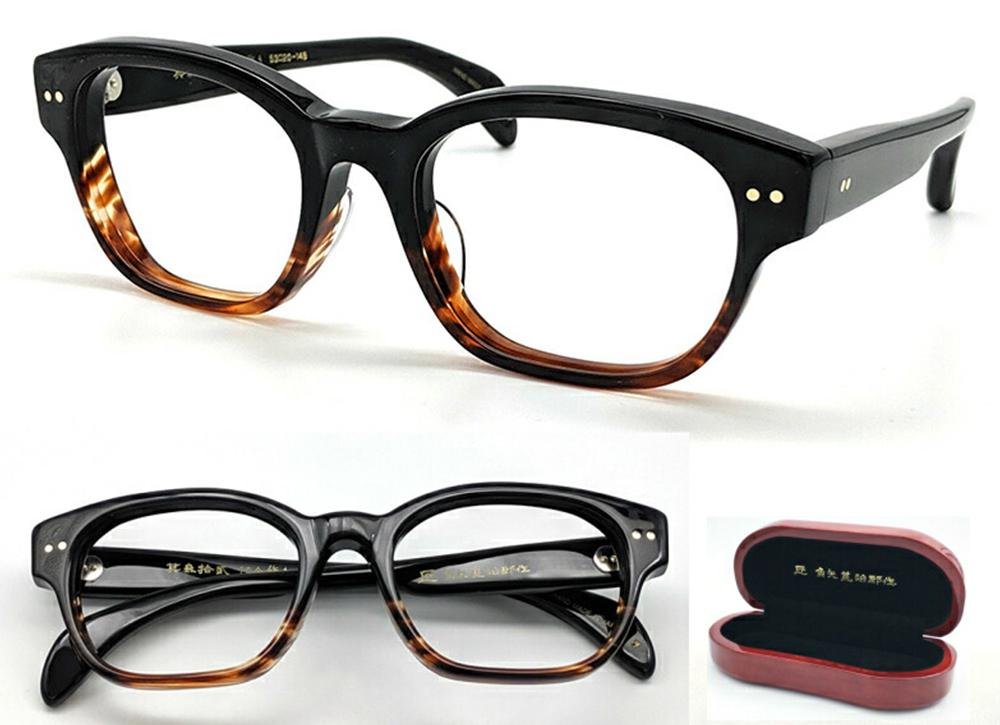In the previous article, we discussed “How about glasses made of celluloid?”. In this article, let’s talk about “Who invented celluloid?”.
Who invented celluloid?
In the 14th century, the game of billiards rose in Europe and soon became popular with the aristocracy. At that time, the billiards ball was made of ivory. Because the ivory material is special, the balls will not damage through thousands of high-speed collisions.But the demand is growing, with more than 10,000 elephants killed a year in the UK alone to make billiard balls. This posed a great threat to the survival of elephants and hindered the development of billiards.
John Wesley Hyatt was a printer, but he was a folk chemist, and when he saw the reward, he and his brother experimented with it at home. In 1851, the British inventor Alexander Parkes had nitrated cotton and dissolved it in ethanol and ether solution to produce a heating plastic "Parkes" new material. However, due to the defects of high cost and pretty unstable nature, it can not be put into industrial mass production. Hyatt then added camphor to the solvent with Paxin's production ideas, and the nitrocellulose became a flexible, hard, but not brittle material. But the bar owner was not pleased with Hyatt's "new material" billiard balls, which were prone to exploding when they were not fully improved. One person even said, "All the customers in the store would pull out their guns whenever the balls collided" (thinking they heard gunshots). So in the end Hyatt didn't get the $10,000 reward.(https://www.koalaeye.com/collections/eyeglasses)
When was celluloid film invented?
In 1870, after much experimentation and refinement, Hyatt was only 28 years old, officially named the new material "Celluloid." In history, celluloid is considered to be the first plastic to be put into commercial use, and it is called the originator of plastics. In addition to buttons, combs, and glasses, celluloid led to the invention of film, which in turn gave birth to cinematography. Following the film, the animation industry developed on celluloid. All of this plastic has an everlasting impact on our culture.
Who developed celluloid?
However, no matter how much convenience the appearance of celluloid brought to human beings, it can hardly hide its "fatal" shortcomings. The raw material of celluloid is nitrocellulose. If the nitrate is high (12.6-13.4% nitrogen), it is called "Guncotton", which is very flammable and explosive. It is the main raw material of smokeless gunpowder. And the nitrocellulose with a lower degree of nitrate esterification (nitrogen content of 10-11%) is suitable for the production of celluloid "collodion". The woman was delightfully combing her hair with a tortoiseshell comb (made of celluloid) that she had just bought when it spontaneously ignited, so the beautiful hair burned out in an instant. This similar thing was very common in the celluloid era.
In real history, there have been many cases of films overheating and catching fire. With the development of technology, celluloid, as a substitute, has been replaced by other new materials. Celluloid was the main material used to make ping-pong balls, so ping-pong balls were not allowed on planes. If the international competition wants to use table tennis, it can only be installed in 5 containers, by road or sea transport.
The celluloid ping-pong ball, which had been in use for more than a century since the 19th century, was replaced in 2014 by a new version made of polyester fiber for safety and environmental reasons.
Thank you for your time in reading our passage “Who invented celluloid?”. For more information about sunglasses and eyeglasses, please continue to follow koalaeye.com. Also, it is welcome to share and forward to Facebook and Twitter.





































